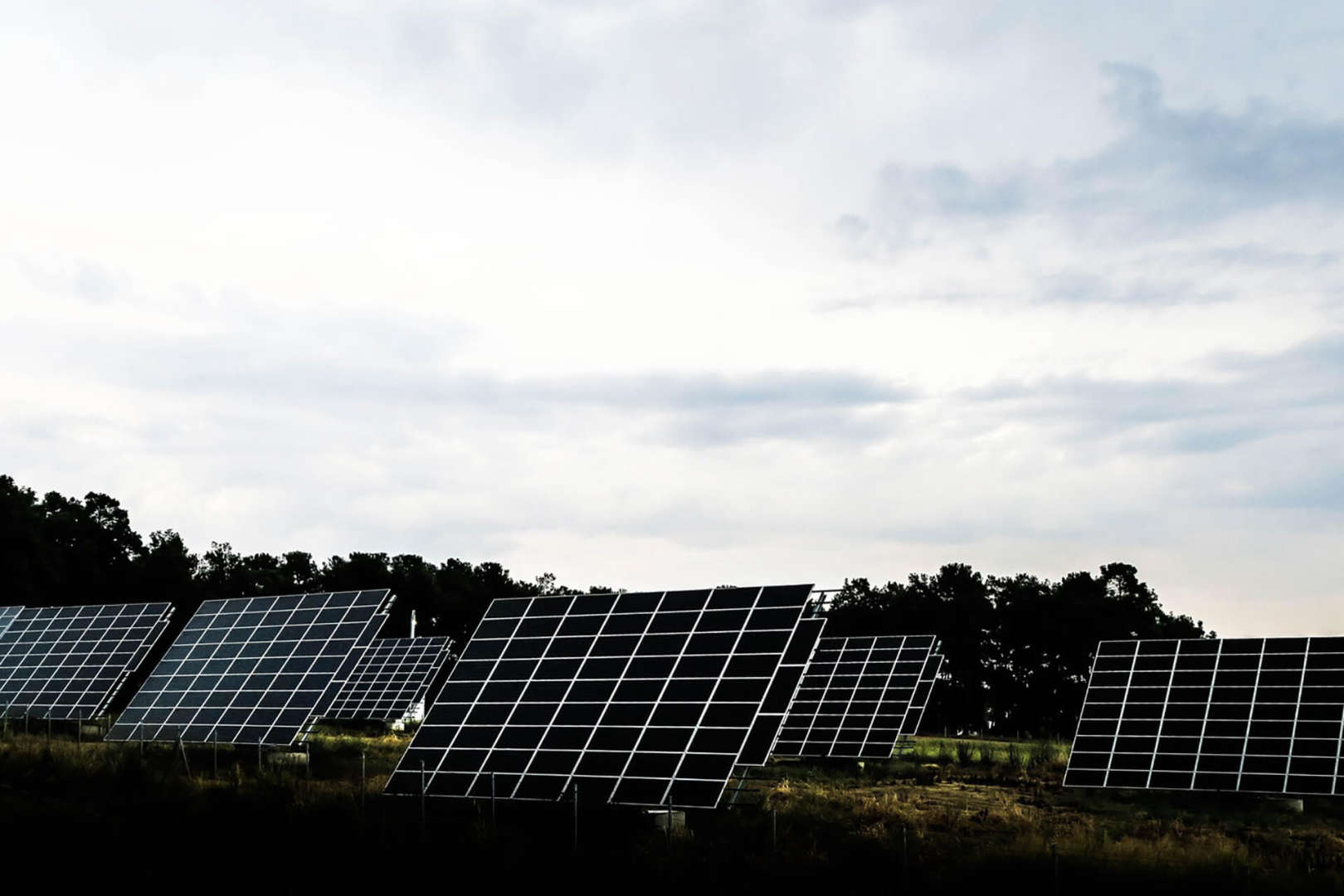About
I received the B.Sc. degree in Applied Mathematics and Computer Science from the Faculty of Sciences of the University of Porto, Porto, Portugal, in 1991, and I got my MSc and PhD in Electrical and Computer Engineering (Power Systems area) in the Faculty of Engineering of the University of Porto, in 1995 and 2002, respectively.
In 1991, I joined INESC Porto where I'm DMS/EMS and System Operation Area Leader and Research Manager of Centre for Power and Energy Systems (CPES). Since 1995, I have been with the Faculty of Economics of the University of Porto, where I'm currently an Assistant Professor.
I have collaborated on several projects related to the development of DMS systems (including the European projects MORE MICROGRIDS, SuSTAINABLE, evolvDSO, Integrid), the application of soft computing techniques to power systems, namely, to the state estimation problem.






